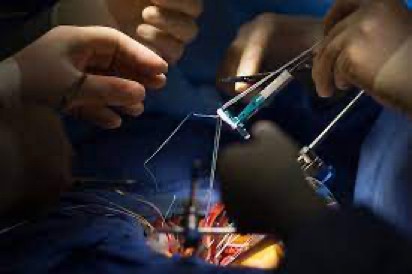
As studies by the National Center for Biotechnology Information show, in more recent times, cardiac surgeons are using PRP during heart transplants. They are also adding the serum when inserting devices that can assist in heart functions. Like, for example, Ventricular Assist Devices (VAD).
With the help of PRP therapy in cardiac surgery, heart surgeons were able to lower the risk of DSWI from 2.0% to 0.6 % and sternal infection from 8.0% to 2.0%. Fewer patients needed readmission because of complications that occurred post-surgery. In addition, the costs involved in treating infections from surgery also went down from $1,256,960 to $593,791.
PRP therapy can not only help patients recover faster but also lower the costs of cardiac post operative care.
What is the benefits of PRP THERAPY IN CARDIAC SURGERY ?
Platelet Rich Plasma (PRP) has stepped into the limelight as the preferred treatment by athletes for treating sports injuries in the recent few years. However, few people are aware that its first application was in open-heart surgery. Or, that doctors first developed this treatment as a healing modality for using in dental care. But, around 50 years down the line, cardiac surgeons performing the most innovative of heart procedures continue to use PRP Therapy in Cardiac Surgery.
As the American Academy of Cardiac Perfusion (AACP) reports, doctors performing heart procedures like artery bypass and repairing or replacement of valves face many hurdles in helping patients recover well. Among these are uncontrolled bleeding and the risk of infections. These complications arise because some of the platelets in the body lose their effectiveness during surgery. For this reason, doctors need to rely on blood transfusions or using platelets isolated from donated blood.
PRP Therapy in Cardiac Surgery
With the discovery of PRP therapy, doctors found that they could use the platelets taken from the patient’s own blood. In this way, they could help in healing the surgical incision faster. And, also lower the possibility of infections such as Deep Sternal Wound Infections (DSWI). Using PRP could also prevent the risk of the patient’s body rejecting the foreign transfusion. Further, surgeons could use PRP in the site from where they harvested the vein for the bypass procedure.

